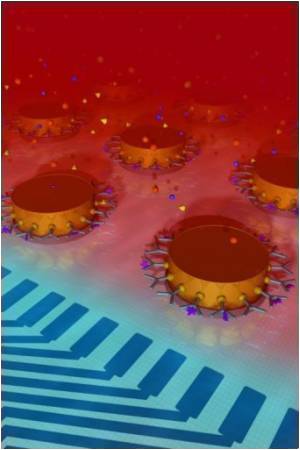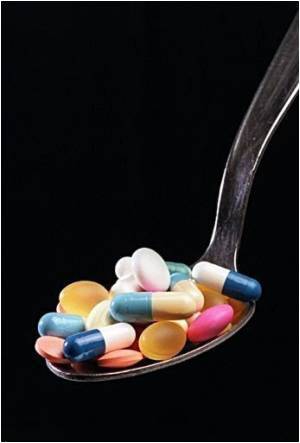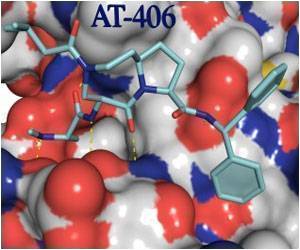
"Many cancer drugs are not very specific. They target many different proteins," said Tao.
"That can have a consequence - what we call side effects."
In addition to the drug, the synthetic nanopolymer is equipped with a chemical group that is reactive to small beads. The beads retrieve the nanopolymer and any attached proteins after the drug has done its work. Tao uses mass spectrometry to determine which proteins are present and have been targeted by the drug.
Knowing which proteins are targeted would allow drug developers to test whether new drugs target only desired proteins or others as well. Eliminating unintended protein targets could reduce the often-serious side effects associated with cancer drugs.
Tao said there currently is no reliable way to test drugs for off-targeting. He said drugs are often designed to inhibit or activate the function of a biomolecule associated with cancer, but those drugs tend to fail in late-stage clinical tests.
Advertisement
Tao demonstrated the nanopolymer's abilities using human cancer cells and the cancer drug methotrexate. The nanopolymers were tracked using a fluorescent dye to show they were entering cells. Then, Tao broke the cells and retrieved the nanopolymers.
Advertisement
Source-ANI















